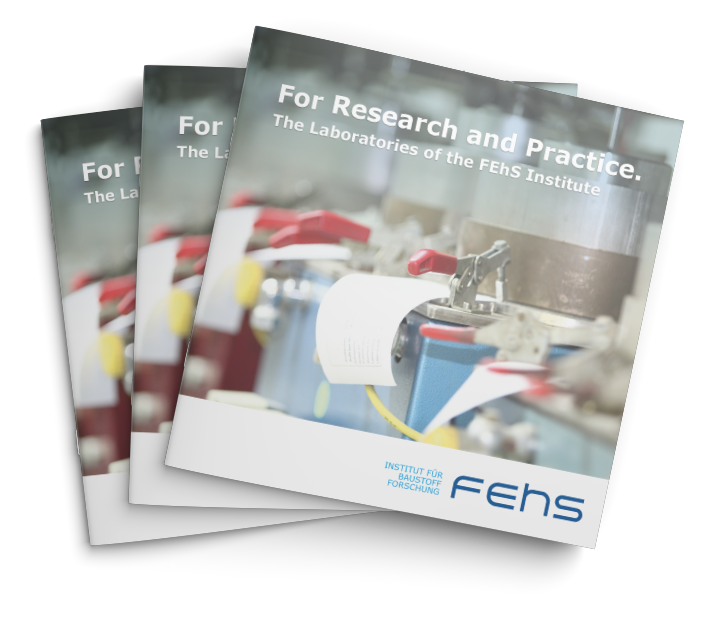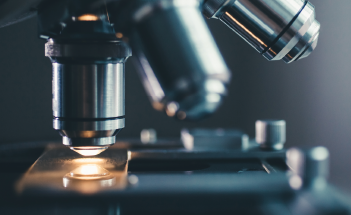METALLURGY
We offer various metallurgical investigations and concepts to optimise the properties of slags, dusts, sludges and similar materials, to find new applications or to measure physical properties. In addition to laboratory activities, this also includes the preparation of test plans and the supervision of operational tests.
Your contacts FOR THE TOPICS: secondary raw materials, slag metallurgy, Melt laboratory

David Algermissen
M.Sc.
Head of department for secondary
raw materials and slag metallurgy
+49(0)2065-994512
d.algermissen@fehs.de

Dominik Ebert
M.Sc.
Research assistant
Head of Melt laboratory
+49(0)2065-994517
d.ebert@fehs.de
Conditioning of oxide melts
With our Tammann furnaces we offer you the possibility to condition oxide melts in different atmospheres, measure physical parameters and subsequently cool them down to defined specifications. These include, for example, the production of synthetic slags, the chemical optimisation of granulated blast furnace slags or the measurement of electrical conductivity up to 1680 °C.
Modelling
Scientifically and empirically optimised models can be used to perform different types of modelling. In addition to the viscosity calculation of blast furnace slags, this also includes calculations of heat capacities, based on chemical composition, or thermal conductivity, based on melting behaviour.
Metal content determination of slags and separation irons
In addition to metal content determination by means of physical processing and chemical analysis, materials can also be melted under neutral conditions and the proportions of metal and slag determined by means of segregation, e.g. to determine the degree of purity of separation iron.
Defined cooling of refractory masses
The melts produced can be cooled to defined specifications using the laboratory’s mobile equipment. These include, for example, water granulation, air granulation, the rotary plate or cooling on copper plates. The various parameters can be varied during granulation, such as water temperature, pressure and quality.
Annealing
In muffle furnaces, materials can be tempered in defined atmospheres and, if necessary, cooled to defined specifications. For this purpose, different furnaces are available:
Temperature: up to 1400 °C
Neutral, reducing, oxidising atmosphere
Furnace volume: 500 x 500 x 500 mm (W x H x D)
Temperature: up to 1750 °C
Neutral, oxidising atmosphere
Furnace volume: 200 x 260 x 300 mm (W x H x D)
Implementation and monitoring of operational tests
With the laboratory´s mobile apparatus, water granulations or other types of cooling can be performed directly in the plant: Using sample spoons, the refractory masses are taken from the aggregates or the material stream in order to feed them to the cooling equipment. We also offer a test plan design as well as the recording and optimisation of secondary material flows in the plant and slag handling.
Generation of new products/exploration
of new ways of use
of new ways of use
With the combination of metallurgical conditioning and defined cooling, new products can be created from the materials to serve new, higher-value application fields. This includes, for example, the production of (latent) hydraulic materials from steelwork slag and the exploration of potential uses in other industries or other fields of application that are offered by the starting material.




